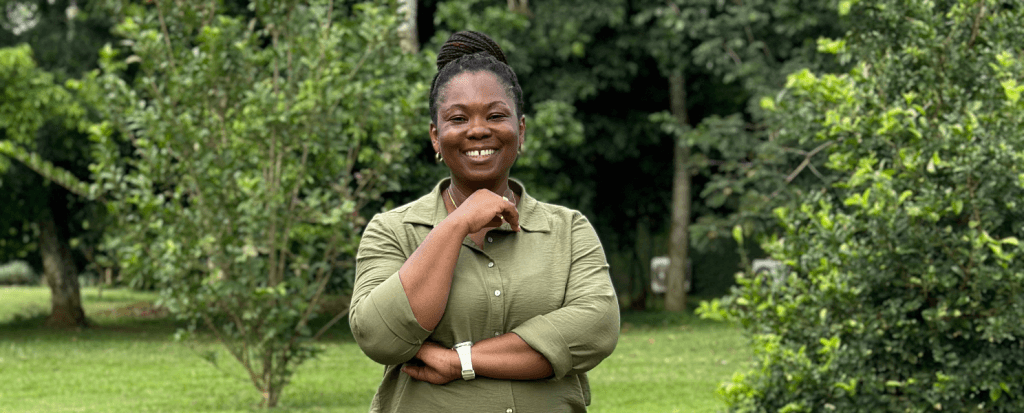I recently stumbled upon a fascinating insight. Experts estimate that the average person has about 60,000 thoughts per day, and shockingly, 80% of them are negative. This aligns with concepts discussed in books I have read, such as “The Happiness Hypothesis” by Jonathan Haidt and “The Power of Bad” by John Tierney and Roy F. Baumeister. This article explores how we can overcome this phenomenon, especially as leaders in the workplace.
The Intriguing Role of Leadership in Shaping Experiences
It is very easy for negative experiences to permeate the workplace. Since we spend a significant portion of our lives at work, it’s no surprise that negative experiences at work can affect us deeply, even seeping into other parts of our lives. Reflecting on my personal experiences, I have had mostly good experiences with bosses and leaders. However, one former boss always comes to mind because of their deliberate effort to create positive experiences in the team. Even though they had their fair share of negative traits, I have always had fond memories of their leadership because of their technique.
Leadership Example From my Early Career Days
We always looked forward to a team bonding event, at least an outing on a quarterly basis. On one occasion, were told that the evening’s dinner would be at our boss’s house. However, there was a twist: we were going to have a cooking competition first!
Each of us was given the GHS equivalent of USD 5 and tasked with shopping for all the ingredients needed to prepare a meal, including our company’s products, at a nearby supermarket. The goal was to create the tastiest dish within this budget. Once we arrived at our boss’ house, the cooking began in earnest, and the air buzzed with creativity and friendly competition. The tastiest meal won a prize. I can’t remember what the prize was even though my group emerged as the winners. In case you are wondering if we cooked our dinner that evening, the answer is no. Our boss pre-empted some disasters and made sure we had proper food to bond over!
This experience stands out not only because it was fun and unexpected but also because it highlighted several key lessons:
- Practical Understanding of Customer Constraints: We gained a first-hand appreciation of the financial constraints our customers face daily and the tough choices they must make.
- Product Integration: We saw how our company’s products could be creatively integrated into everyday meals, reinforcing their value.
- Creativity Under Pressure: The exercise underscored how creativity can flourish even under tight constraints, pushing us to think outside the box.
The “Feedback Whisperer”
This particular boss was exceptional at turning seemingly negative or challenging situations into positive learning experiences. He was skilled at using negative feedback as a means to push us to give our best and provided numerous learning opportunities as well as motivating us to deliver our best. His self-awareness of traits that could potentially brush people the wrong way likely led him to devise strategies to ensure that negative memories were countered by many positive experiences. This skill made him what I would call a “feedback whisperer,” profoundly impacting my perception of leadership and the importance of positive reinforcement.
Is Negativity that bad?
Most people prefer to only give positive feedback and shy away from negative ones because of the discomfort it brings to both parties—the giver and the receiver. However, it is worth examining the impact, growth, and productivity we miss from teams and organizations by taking the easy path. By understanding that negative experiences are more likely to stick with us, it is key to find effective ways to harness this superpower to drive behavior change and incremental positive shifts in our daily activities, both at work and in our personal lives. Here’s some advice for managing this:
- Focus on Positivity: Make a conscious effort to focus on positive experiences and accomplishments. At the end of each day, reflect on what went well and celebrate those moments.
- Balance Negative with Positive: For every negative experience or memory, try to counter it with at least four positive ones. This practice helps to balance the scale and ensure that positivity has a stronger presence in your life. When faced with a negative situation, adopt a bird’s-eye view of the situation and identify the things that are still positive and working well. Most of the time, it’s not as bad as it seems or could be an opportunity to innovate.
- Gratitude Practice: Incorporate gratitude into your daily routine. Acknowledge the good things in your life and express appreciation for them. This can help shift your focus from what’s going wrong to what’s going right.
- Supportive Relationships: Surround yourself with supportive and positive people who uplift and encourage you. Positive social interactions can significantly mitigate the impact of negative experiences.
How Leaders Can Harness These Lessons
- Balance: Apply the four-to-one rule to ensure that positive moments significantly outweigh negative ones, maintaining employee morale and motivation.
- Build Resilience: Encourage employees to face and learn from small challenges, enhancing their ability to cope with larger adversities.
- Focus on Positive Reinforcement: Highlight and reward positive behaviors and achievements to foster a culture of continuous improvement and optimism. Encourage the sharing of best practices.
- Strategic Use of Negative Feedback: Use negative feedback constructively and sparingly, ensuring it is delivered in a way that promotes growth rather than discouragement.
- Acknowledge Negativity Bias: Be aware of the impact of negative events and actively work to mitigate their effects through positive interactions and support.
- One bad nut spoils the whole soup: In “The Power of Bad,” Tierney and Baumeister argue that one negative person can disrupt a team significantly. They suggest identifying negativity early, setting clear standards, fostering positivity, and, if needed, removing the person.
Conclusion
Our minds are naturally wired to remember negative experiences more vividly than positive ones. However, by harnessing this super power, becoming intentional about creating positive memories and focusing on constructive feedback, leaders can significantly impact their teams’ motivation and performance.
Actively working to counterbalance negative thoughts with positive experiences can lead to a more fulfilling and balanced life. Remember, the key is to recognize the power of positivity and make a conscious effort to cultivate it in every aspect of our lives.







